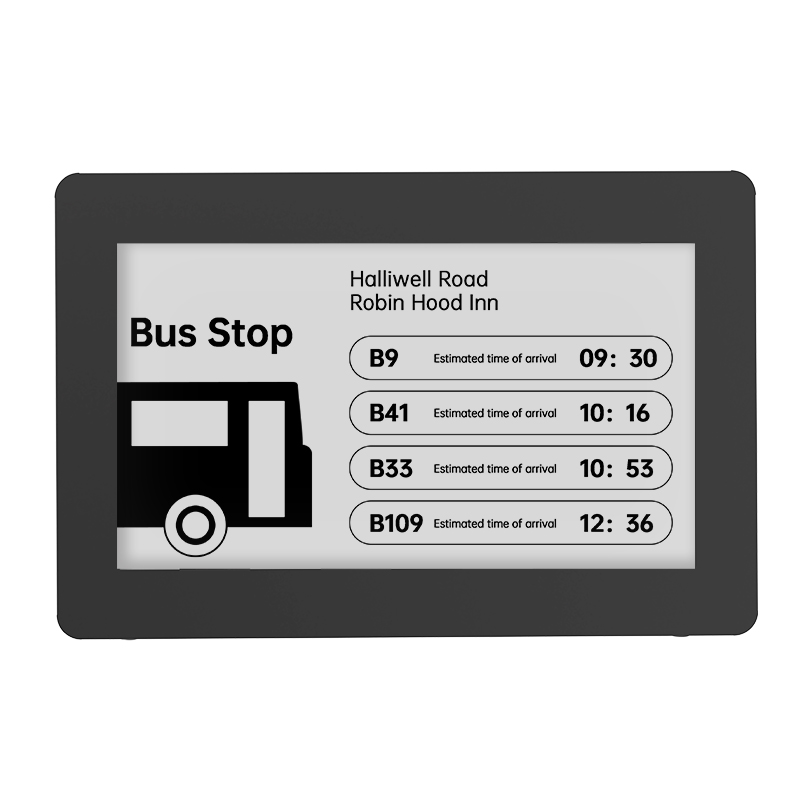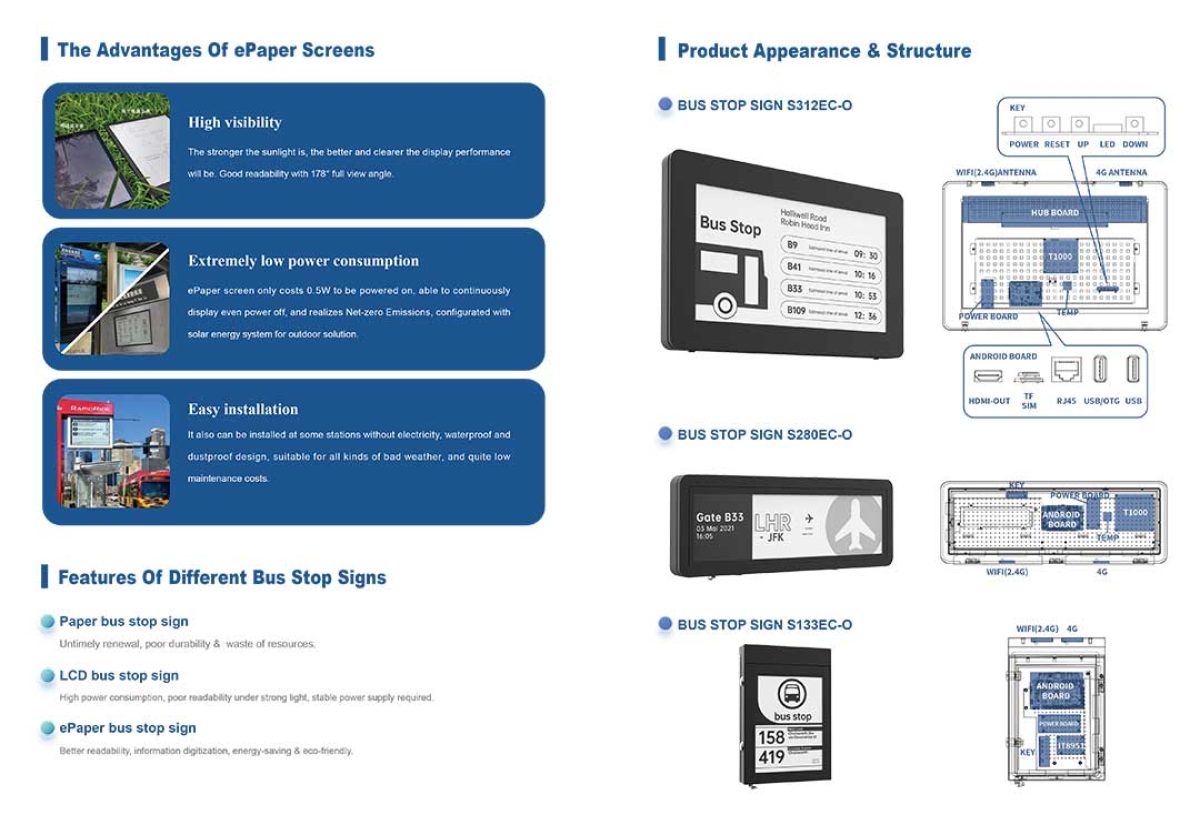Understanding Bus Digital Signage
In the realm of contemporary transportation, the integration of bus digital signage has become a pivotal advancement in enhancing passenger experience and operational efficiency. These digital displays, equipped with cutting-edge technology, provide real-time information to commuters, including arrival times, route changes, and alerts. Essentially, bus digital signage serves as a vital communication tool between transit authorities and the traveling public, thereby ensuring that passengers remain informed throughout their journey. The implementation of such systems not only increases clarity but also contributes to the overall safety and satisfaction of users. By transitioning from traditional paper schedules to innovative bus digital signage, transport providers are embracing a more agile and responsive approach to public transportation. This shift not only enhances the visual aesthetics of the transportation environment but also aligns with the growing emphasis on sustainable practices, as LED-based signs prove more energy-efficient than their older counterparts.

Advantages of Bus Station Digital Signage
The advantages bestowed by bus station digital signage are manifold, primarily centering around enhancing the commuter experience. Such systems facilitate the dynamic updating of travel information, ensuring that passengers are always privy to the latest developments regarding their routes. For instance, during peak times, real-time updates on bus arrivals can significantly reduce wait times and improve the overall flow of passengers at bus stations. Moreover, the visibility of digital displays can be crucial in crowded environments, where maintaining crowd control and providing timely notifications becomes paramount. By utilizing bus station digital signage, transit authorities can also reduce operational costs associated with print media and its frequent updates, thereby maintaining a sustainable approach to communication. Furthermore, the implementation of barriers such as QR codes can engage users in a more interactive experience, where additional information regarding routes and public service announcements can be accessed effortlessly.
The Role of Bus Stop Digital Signage
Bus stop digital signage is revolutionizing the way passengers interact with public transport systems. By featuring vibrant and adaptive displays, these signs are instrumental in conveying essential information, including real-time location data and service advisories. Imagine standing at a bus stop on a rainy day, only to find out through a digital display that your bus has been delayed or rerouted; such timely notifications empower commuters to make informed decisions about their travel plans. Additionally, bus stop digital signage can be programmed to deliver targeted advertisements or local promotions, thereby generating revenue for transit systems and providing valuable information to users. The strategic placement of these displays enables access to a broad audience, ensuring that even those waiting in less-trafficked areas receive pertinent updates. This level of connectivity not only fosters trust in public transport but encourages greater use of these services, ultimately aiding in the reduction of traffic congestion and environmental impact.

Conclusion: Why Choose SEEKINK?
In conclusion, the evolution of bus digital signage encompasses an exciting chapter in the field of transportation. With the ability to improve passenger communication and operational efficiency significantly, these systems offer an array of benefits for both transit authorities and travelers alike. As stakeholders gather to discuss best practices and innovations, one brand stands out in the digital signage arena: SEEKINK. Renowned for their robust supply advantages and state-of-the-art technology, SEEKINK is dedicated to providing solutions that meet the rising demands of modern transportation. By employing their acclaimed digital signage systems, transit agencies can ensure they are not only meeting public expectations but are also paving the way for smarter, safer cities.
